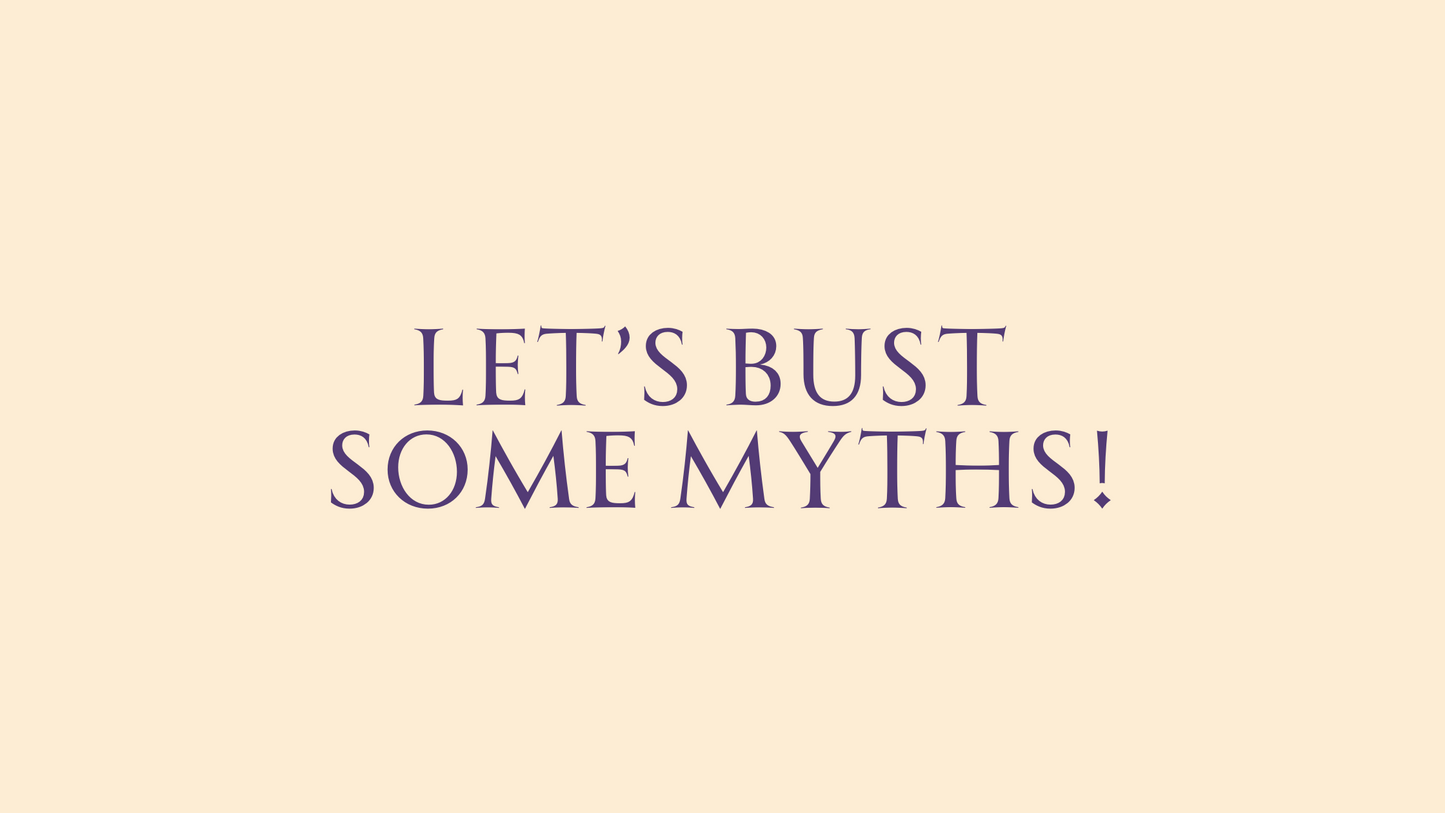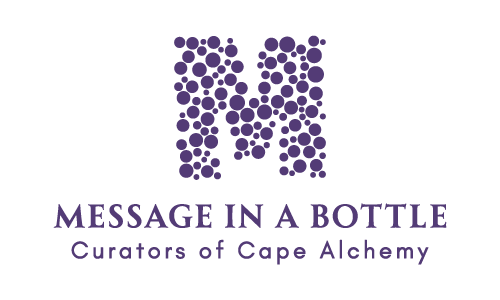
For many, Champagne is the epitome of luxury and celebration—a sparkling wine held in the highest regard. But is it truly unbeatable? Or have we been swept away by its glittering reputation without stopping to explore other exceptional sparkling wines?
Here’s the truth—while Champagne holds a legacy of excellence, it’s not the only region capable of crafting world-class bubbly. Across the globe, especially in the New World regions like South Africa, winemakers are creating phenomenal sparkling wines using the traditional method, often rivalling Champagne.
Today, we’re taking a deep dive into Champagne, the unique challenges it faces, and how innovative winemakers elsewhere are creating exquisite alternatives that deserve the spotlight.
What Makes Champagne, Champagne?
Before we start comparing, it’s important to understand what sets Champagne apart. First off, Champagne is not a generic label for all sparkling wines—it refers to a specific wine-producing region in northern France, governed by a strict set of rules to protect its name and heritage.
The terroir of the Champagne region is as challenging as it is distinctive:
· Climate: Located far north, Champagne experiences cold temperatures and significant rainfall, which pose a constant challenge for grape ripening. It’s often cold and wet—certainly not ideal winemaking conditions!
· Grape Varieties: The region relies on three main varieties—Chardonnay, Pinot Noir, and Pinot Meunier. These grapes were selected as they ripen earlier than others. Experimenting with slower-ripening varieties is nearly impossible due to the short growing season. For instance, using a grape like Colombar (a later ripener) would push harvest into early winter—a highly undesirable scenario.
· Blending and Consistency: The challenging climate can result in less-than-ideal vintages. To overcome this, Champagne producers have mastered the art of blending non-vintage (NV) wines. By storing reserve wines from stellar years, they balance the shortcomings of weaker ones. This approach has become a hallmark of Champagne's success.
· Traditional Method: Champagne is made using the méthode traditionnelle, where the wine undergoes a secondary fermentation in the bottle to develop its signature bubbles.
What makes Champagne so special is its ability to adapt to these hurdles. However, this adaptation was driven more by necessity than by deliberate choice. Climate, tradition, and strict rules have constrained Champagne’s winemakers—pushing them to perfect what they already have, but leaving little room for innovation.
South Africa’s Sparkling Solution
Now, enter South Africa—a New World wine region bursting with creativity and freedom from restrictive winemaking laws. Here, the production of sparkling wines called Cap Classique follows the same traditional method as Champagne but benefits from vastly different conditions.
· Favourable Climate: Unlike Champagne, South Africa enjoys sunshine-filled days and moderate rainfall, providing much more forgiving conditions for grape growing. This means winemakers don’t have to rely solely on early-ripening varieties, opening the door for experimentation with more diverse grapes.
· Creative Freedom: New World wine regions like South Africa are not bound by rigid regulations, allowing winemakers to innovate. At wineries like Silverthorn, this freedom has led to exciting developments—using varieties like Colombar and Shiraz for Cap Classique, resulting in unique wines that thrill the palate.
Why Colombar and Shiraz Shine
Colombar, often overlooked in traditional sparkling wine production, boasts incredible acidity and a naturally low pH, making it an exceptional choice for creating refreshing, vibrant bubbles. Shiraz, typically celebrated for its still wines, contributes soft tannins and alluring aromatics, lending itself beautifully to rosé Cap Classique.
Winemakers in South Africa treat these varieties with the same meticulous care as Champagne:
· Grapes are hand-harvested at optimal ripeness.
· Whole-bunch pressing ensures gentle extraction of high-quality juice.
· Secondary fermentation occurs in the bottle, adhering to the traditional method.
· Wines are aged on lees for extended periods to develop complex flavours and creamy textures, often exceeding the 12-month minimum.
The result? Sparkling wines that rival Champagne in elegance and finesse but bring their own personality and vibrancy to the table.
Why Traditional Method Wines Deserve a Place on Your Table
Ultimately, Champagne isn’t the only sparkling wine worth celebrating. Traditional method wines from places like South Africa, California, and Tasmania combine meticulous craftsmanship with regional flair, delivering diversity and value that Champagne simply cannot.
Here’s why you should give them a shot:
· Value for Money: While Champagne often comes with a higher price tag, traditional method sparkling wines from New World regions typically offer exceptional quality at a fraction of the cost.
· Innovation: Winemakers outside Champagne aren't bound by strict rules, resulting in creative blends and exciting styles.
· Unique Profiles: Each region brings its unique terroir and grape varieties to the table, offering flavours you won’t find elsewhere.
Raise a Glass to Discovery
Champagne will always hold a special place in the world of wine. It’s a product of necessity, tradition, and craftsmanship. But it’s not the only sparkling wine worthy of a toast.
Daring winemakers in regions like South Africa are taking the traditional method to new heights, creating vibrant, expressive sparkling wines that stand tall beside Champagne. Whether it’s a crisp Cap Classique or an innovative Californian sparkler, now’s the time to explore beyond Champagne.
Dive into the global world of bubbles, and who knows—you might just discover your new favourite pour. Cheers to adventure! 🥂
